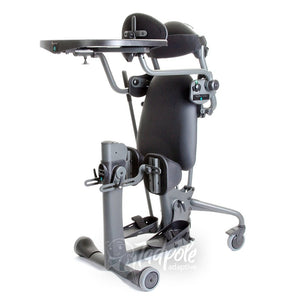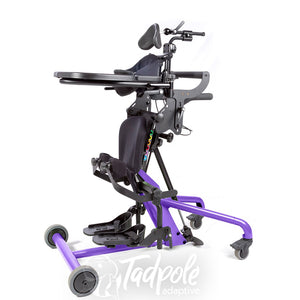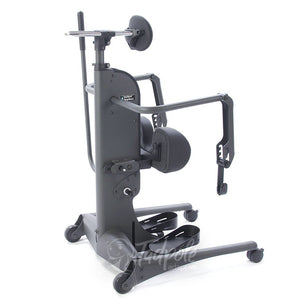SHOWING 3 OUT OF 3 PRODUCTS
Save $881.00

Save $854.55

Save $873.00

Save $881.00

Save $854.55

Save $873.00

EasyStand
from
Regular price
$4,986.00
Sale price
$4,113.00










